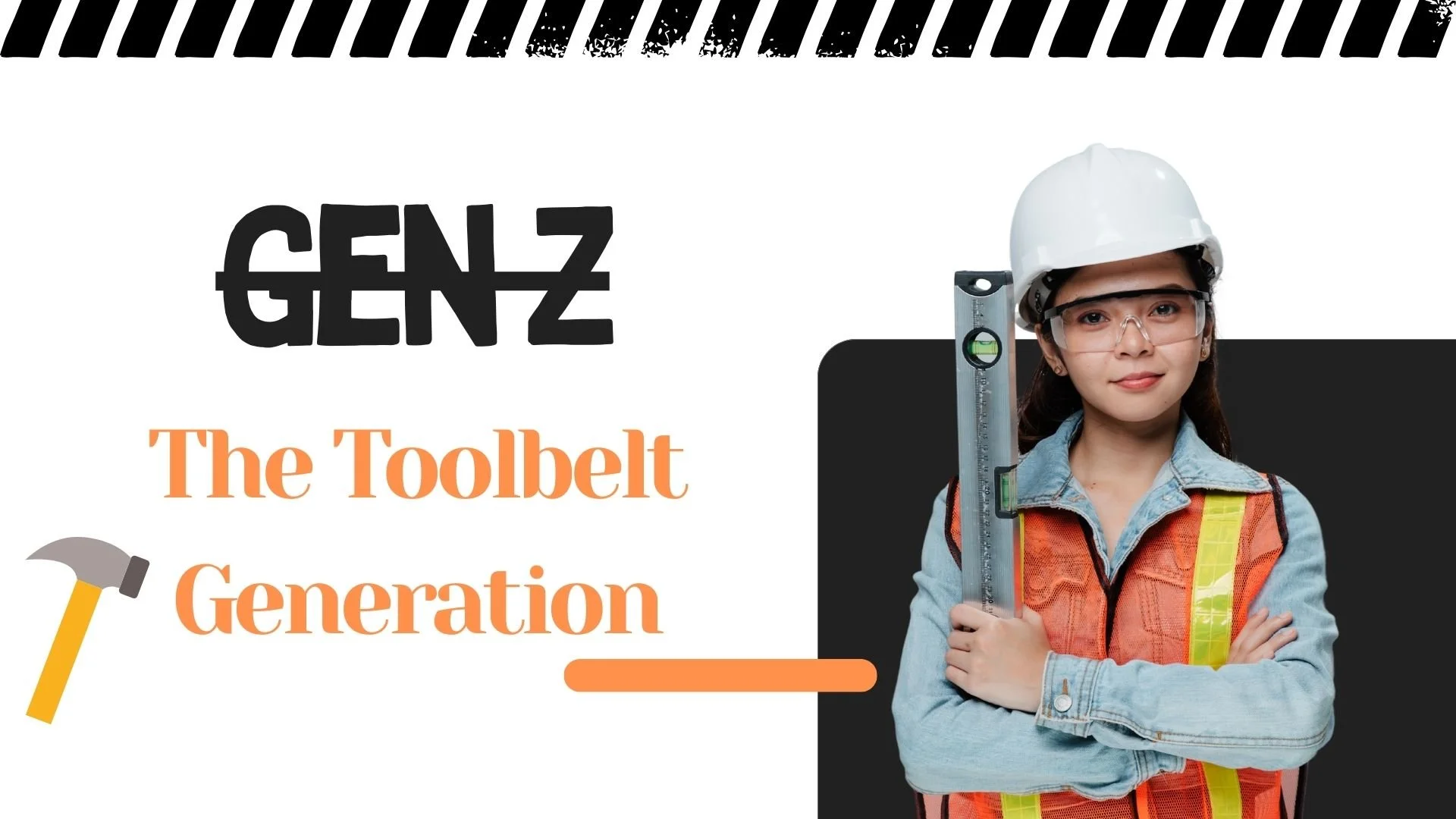Forget the Diploma: Why Gen Z Is Picking Up Tools Instead of Debt
You’ve seen the stats: college enrollments slipping, student debt piling up, and AI swallowing white-collar jobs faster than you can say the words “entry-level.” According to CNBC, there are now 2 million fewer students enrolled in traditional four-year universities than in 2011—a massive decline that signals structural change, not just a temporary blip. Meanwhile, public in-state tuition has jumped about 30% in the last decade, and private nonprofit tuition is up 42%. For many, the math simply doesn’t add up anymore. But here’s the twist: all of this turbulence is simultaneously transforming the skilled trades into one of the smartest, most future-proof career moves for Gen Z.
The need is undeniable. The Associated Builders and Contractors (ABC) projects that the industry must attract roughly 439,000 net new skilled workers in 2025 just to keep pace with demand. And that figure doesn’t even factor in the wave of retirements already reshaping the workforce. The American Institute of Constructors goes further, estimating a half-million worker shortfall across skilled trades nationwide. Demographics paint the same picture: the Joint Center for Housing Studies notes that since the housing boom of 2007, the construction trades workforce has fallen by nearly 1 million. As of 2022, it remained down by about 11%. This shortage isn’t a forecast—it’s here now.
And here’s the twist: Gen Z is showing up.
By Q2 of 2024, they made up about 18% of the U.S. workforce, but in the skilled trades, their impact is outsized: 18- to 25-year-olds accounted for nearly 25% of all new hires in fields like electrical, HVAC, welding, and machine tooling. That’s more than a pipeline refill; it’s a demographic shift in who is building America’s future infrastructure. And the narrative around trades is finally catching up. The Wall Street Journal aptly dubbed it the rise of the “toolbelt generation.” The old image of trades as a fallback option is fading. Today, they’re recognized as careers offering strong paychecks, long-term security, and cutting-edge technology. Electricians are wiring AI data centers, welders are fabricating components with laser precision, and HVAC technicians are engineering cooling systems that keep digital economies alive. These are not “dirty jobs”—they are high-tech, high-impact, and, most importantly, resilient to disruption.
At its core, this is economics 101. When labor supply grows, wages face a downward pressure; but when it contracts, wages rise. The shortage of skilled tradespeople has already driven up labor rates and reshaped how we schedule and deliver projects. Scarcity creates leverage, and right now, skilled workers in construction hold more leverage than ever.
That’s why Gen Z’s growing presence matters so much. Their move into trades intersects with two undeniable forces: (1) Baby Boomers retiring in large numbers, leaving behind a critical skills gap, and (2) accelerating demand for construction driven by infrastructure investment, clean energy expansion, and the explosive growth of AI data centers. This isn’t just good timing—it’s essential. Without Gen Z stepping up, the workforce shrinks while demand expands, threatening to slow growth across the economy. With them, the industry has the chance not only to stabilize but to reinvent itself.
Gen Z isn’t simply entering the trades; they’re reshaping their image and potential. That rebrand may be the single most important transformation the construction sector has seen in decades.
For me, this isn’t just theory—it’s lived experience. On the preconstruction side, I see the labor gap every day. It shows up in delayed schedules, tighter bids, and teams stretched to the limit. With AI at the forefront, we are focusing a lot on how technology adoption can reshape construction workflows. But while tech is part of the solution, it isn’t the whole answer. We still need people. We need curiosity, skill, and fresh energy on our jobsites. Gen Z entering the trades isn’t only good for them—it’s critical for the health of the entire industry. To me, this isn’t about choosing between college and the trades; it’s about expanding the definition of success. If you can wire a data center, lay the foundation for a school, or weld a beam into place for a hospital, you aren’t behind—you’re building the future, literally.

